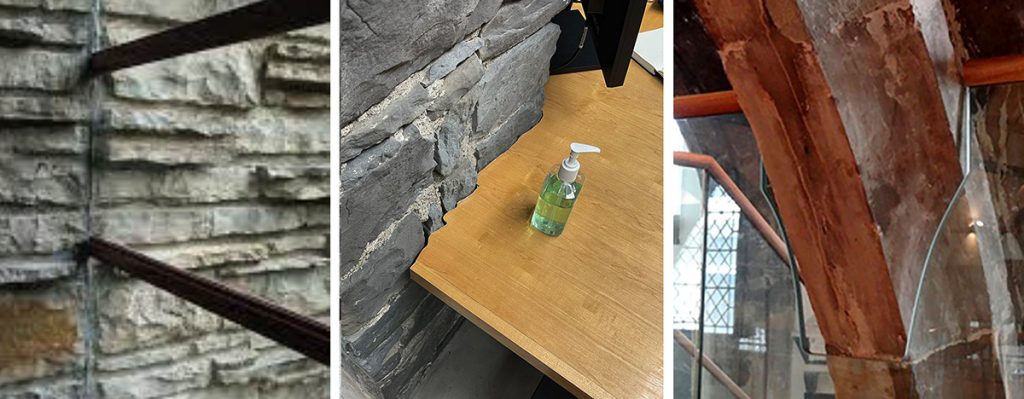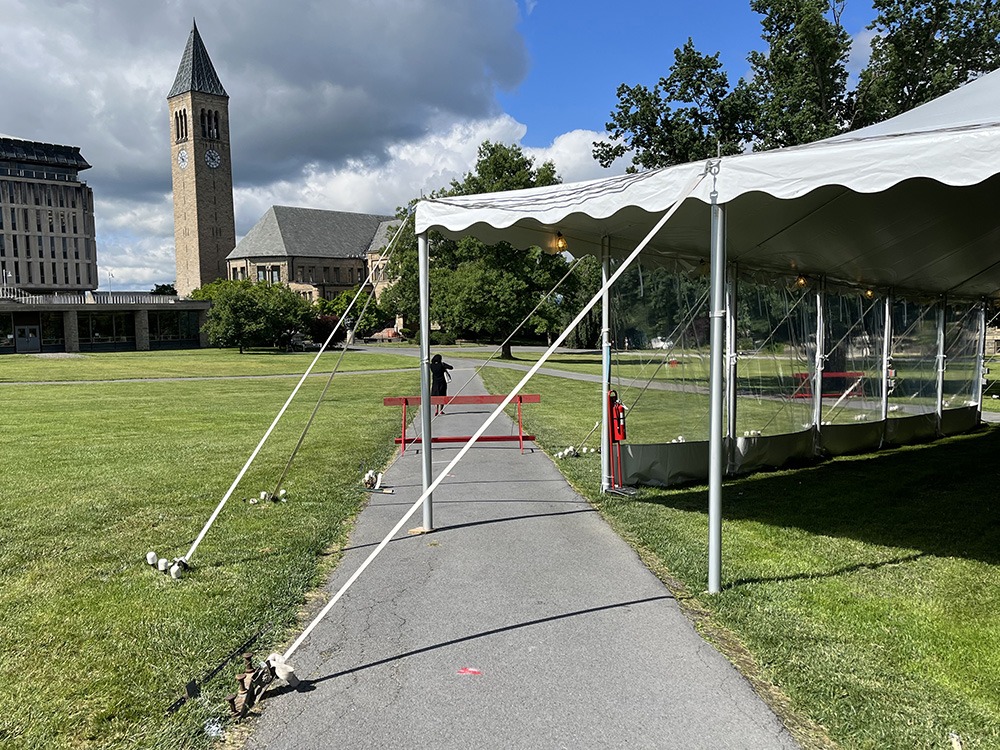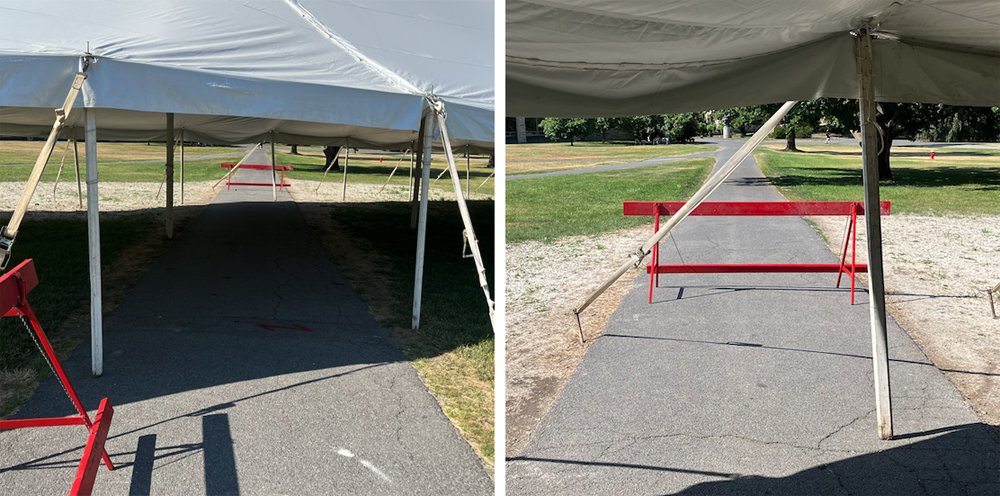I performed four songs at a retirement event at the “Inns of Aurora” sponsored by Cornell’s Department of Architecture on January 27, 2023. This event was originally intended for the end of the spring 2022 semester (when I actually retired), but got delayed for various reasons, and then became a combined event for several other recent retirees who had not been celebrated previously because of Covid restrictions on gatherings.
In any event, my request to do a musical performance was still honored, and the resulting concert footage is embedded here. Well, not quite the original concert footage: I had earlier recorded a “practice” performance in my house which had much better audio than what was recorded at the actual event, so I synced this practice audio with the video clips of the real performance that were shot by my wife, Susan. Except that a clip for the first verse of the last song could not be found, so I lip-synced that verse at home, in front of a green screen, and simulated the performance of the first verse, which is now part of the official video.
These are unplugged — guitar-vocal versions — of four songs, three of which are about getting old (the first, “Endgame,” is an extended metaphor based on the game of chess; the second, “What’s the Point of Even Trying,” is taken from the standpoint of a child watching a parent get old; and the third, “Squints on a Triple,” is taken from the standpoint of a parent watching his child get older) with the last song, “Ballad of Building Bad,” being a critique of architecture (actually an advertisement for my book, Building Bad).
The songs that I perform live here can also be viewed in their original “music video” form (use links in the paragraph above).
Production notes:
Music written, arranged, produced, and performed by Jonathan Ochshorn (© J. Ochshorn)
Recorded with Logic Pro X software
Video edited with Final Cut Pro software
Vocals: Jonathan Ochshorn
Guitar and harmonica: Jonathan Ochshorn
Audio recorded live at home in Ithaca, NY, January 18, 2023; video of live performance shot January 27, 2023.





